 Porpoise by Dennis Adair
Porpoise by Dennis Adair
Juneau, Alaska (KINY) - News of the North asked a research scientist about ways to prevent Southeast porpoises from dying in accidental bycatch.
Alex Zerbini is a Senior Research Scientist for the Cooperative Institute for Climate, Ocean, and Ecosystem Studies at the University of Washington. He is also affiliated with the NOAA Marine Mammal Laboratory in the Alaska Fisheries Science Center.
He talked to News of the North about a new study in the works for harbor porpoises. Zerbini has been involved with harbor porpoise research for at least 10 years.
Harbor porpoises are tracked in two distinct populations in Southeast Alaska- Northern and Southern. Southeast porpoises are vulnerable to bycatch in nets, especially their Northern population.
Zerbini commented this hasn't been monitored since 2013, so they don't know exactly how many porpoises suffer from bycatch per year.
"What happens is that harbor porpoises we know from studies all over the range of the species that they're very vulnerable to bycatching fishing nets. So not only in Alaska but in many other parts of the world. When the porpoise get in contact with a net, they will get entangled, and often they will die. In southeast Alaska specifically, the world's Marine Mammal Observer Program implemented in 2012 and 2013. Through that marine mammal observer program, they documented the bycatch of a few individuals, but the Marine Mammal Observer Program ended in 2013. No monitoring has been taking place since then. The Alaska Fisheries Science Center is planning to coordinate with the Alaska Department of Fish and Game and their fishery in the fishing industry to develop and implement a new observer program."
He said it's important to keep track of how many porpoises die because of nets. Harbor porpoises are not listed as an endangered species at this time.
The reason why porpoises are especially vulnerable to bycatch is that the fishing nets are in a good portion of their habitat.
Zerbini said after monitoring resumes, what could happen.
"If through the monitoring, it's demonstrated that the mortality of harbor porpoise, the incidental mortality of harbor porpoise in the fishing nets, is greater than what is potentially removable from the population in a sustainable fashion, then the NOAA and the US government have to act to establish a process to minimize the bycatch. How that process is going to be established will depend on a number of factors. There is a standard process to reduce the take. But essentially, NOAA would have to implement some sort of a take-reduction plan to minimize mortality of porpoise if we demonstrated the mortality is greater than what removed from the population in a sustainable fashion."
Porpoises use echolocation to communicate about obstacles in the water. However, they aren't currently able to detect fishing nets while they're swimming.
"It's called echolocation, which is a system similar to what sonar is where they call and they send sound waves," Zerbini said. "Then they receive the echo of the sound waves and they can detect prey or can they can detect obstacles in the water."
There may be a solution where both the fishermen and the porpoises could benefit by utilizing the porpoise's echolocation.
"There's a number of possibilities. We could request the fisherman to add these pingers which are these acoustic devices to put on the net. The porpoise can hear that acoustic device and then they avoid the area where the nets are. We are actually right now developing an experiment to assess in southeast Alaska how porpoise can and will respond to the devices. So one option would be to say, fishermen, you have to implement some sort of a program where the devices are attached to the net, and nets cannot go into water unless they have these acoustic devices operating to keep the porpoise away from the net."
Zerbini said this experiment will be conducted in Auke Bay sometime this year.
"We'd have hydrophones in the water and we have the pingers in the water. We're starting to study this year and then we have a group of observers on the beach looking at the porpoise. So we can assess when the pingers are on, and we can assess whether the animals respond to the pingers either by looking at their behavior as they move to Auke Bay or by looking at the acoustic behavior. In other words, the hydrophones in the water are going to record. For example, when the pingers are on, are they still calling, or do they stop calling? If they stop calling do they move closer, or do they move away from the pinger?"
After they prove the porpoises respond to the pingers as expected, they will have to demonstrate using the devices reduces bycatch.
Read more information here.

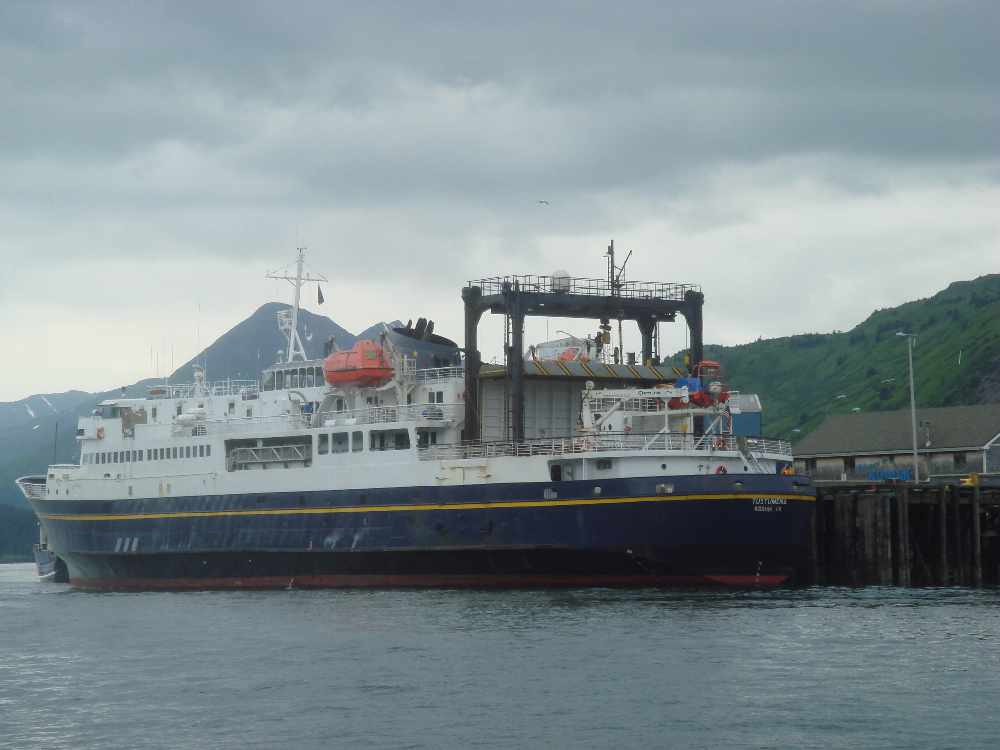 Biden-Harris Administration announces funding to improve ferry service, better connecting Alaskan communities
Biden-Harris Administration announces funding to improve ferry service, better connecting Alaskan communities A busy year of waterfront projects ahead in Juneau, says Port Director
A busy year of waterfront projects ahead in Juneau, says Port Director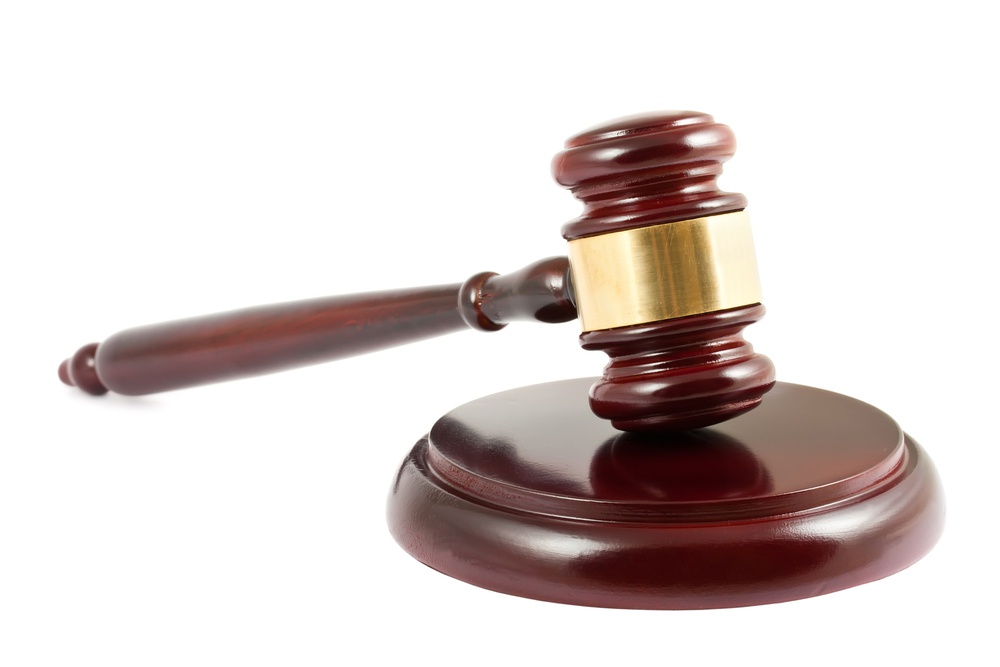 Five members and associates of white supremacist gang sentenced to life in prison for racketeering, kidnapping, and murder
Five members and associates of white supremacist gang sentenced to life in prison for racketeering, kidnapping, and murder Anderson named director of UAF Institute of Agriculture, Natural Resources and Extension
Anderson named director of UAF Institute of Agriculture, Natural Resources and Extension Wade Albright selected as director of Alaska Satellite Facility
Wade Albright selected as director of Alaska Satellite Facility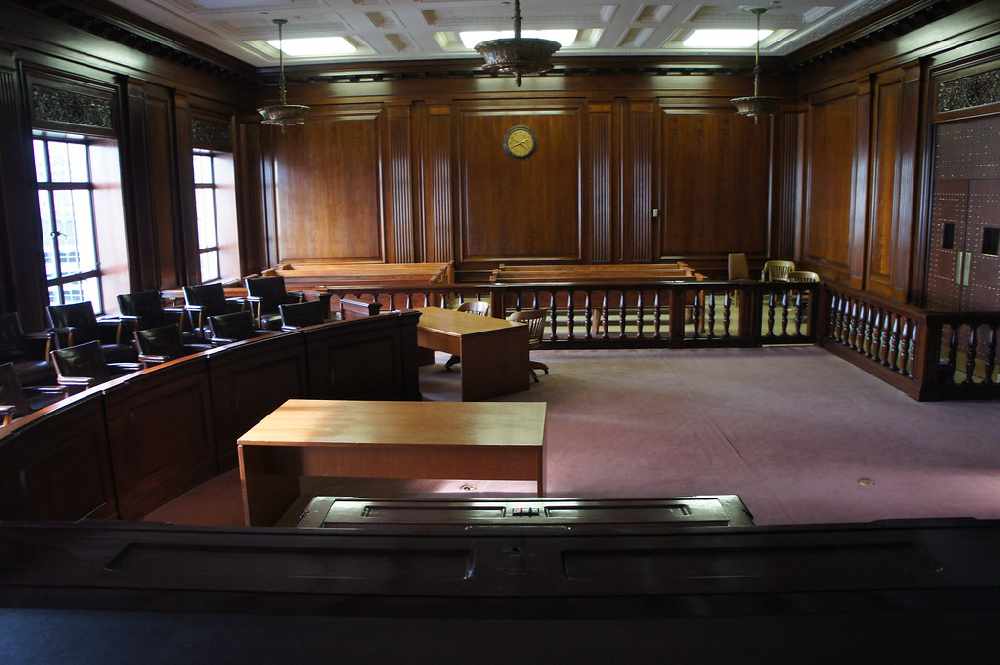 Kodiak man indicted on federal gun and drug charges
Kodiak man indicted on federal gun and drug charges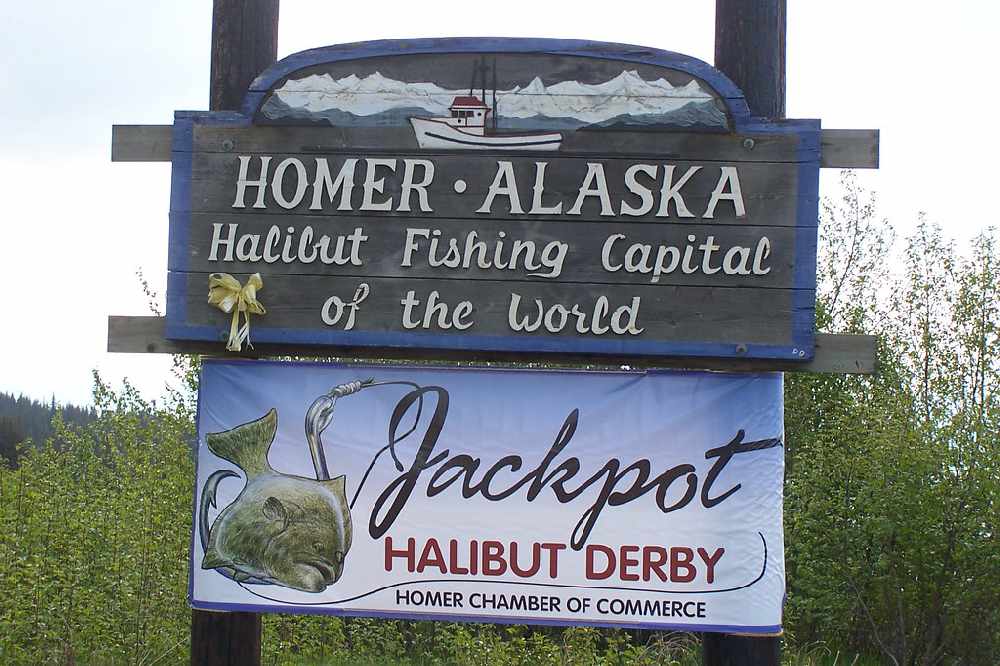 Alaska library board keeps LGBTQ books in youth sections
Alaska library board keeps LGBTQ books in youth sections Judicial Nominees for Kenai Supreme Court
Judicial Nominees for Kenai Supreme Court DOT&PF Statewide Aviation Employee Rebecca Douglas wins national award from Aviation Pros
DOT&PF Statewide Aviation Employee Rebecca Douglas wins national award from Aviation Pros Protecting individuals with dementia from wandering during the winter: tips from the Alzheimer’s Foundation of America
Protecting individuals with dementia from wandering during the winter: tips from the Alzheimer’s Foundation of America Murkowski, Sullivan: Tongass is a National Forest, not a political football
Murkowski, Sullivan: Tongass is a National Forest, not a political football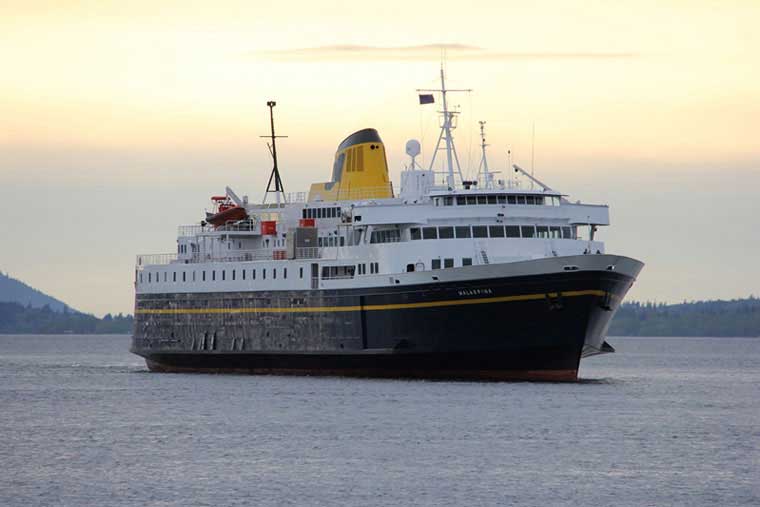 Winter ferry service to begin Feb. 13 for SE Alaska to Bellingham
Winter ferry service to begin Feb. 13 for SE Alaska to Bellingham